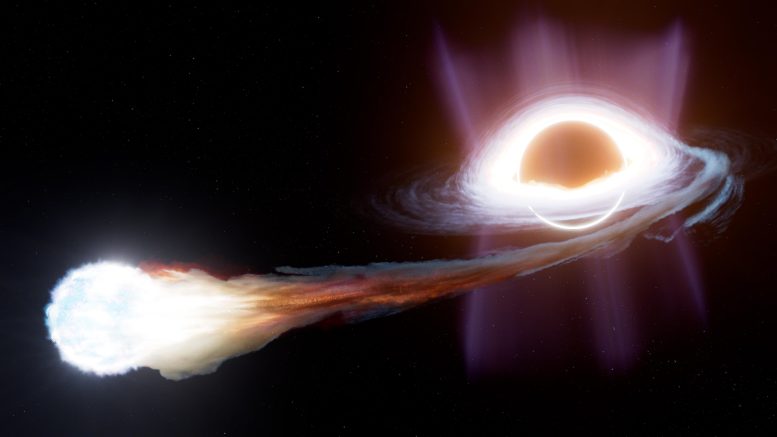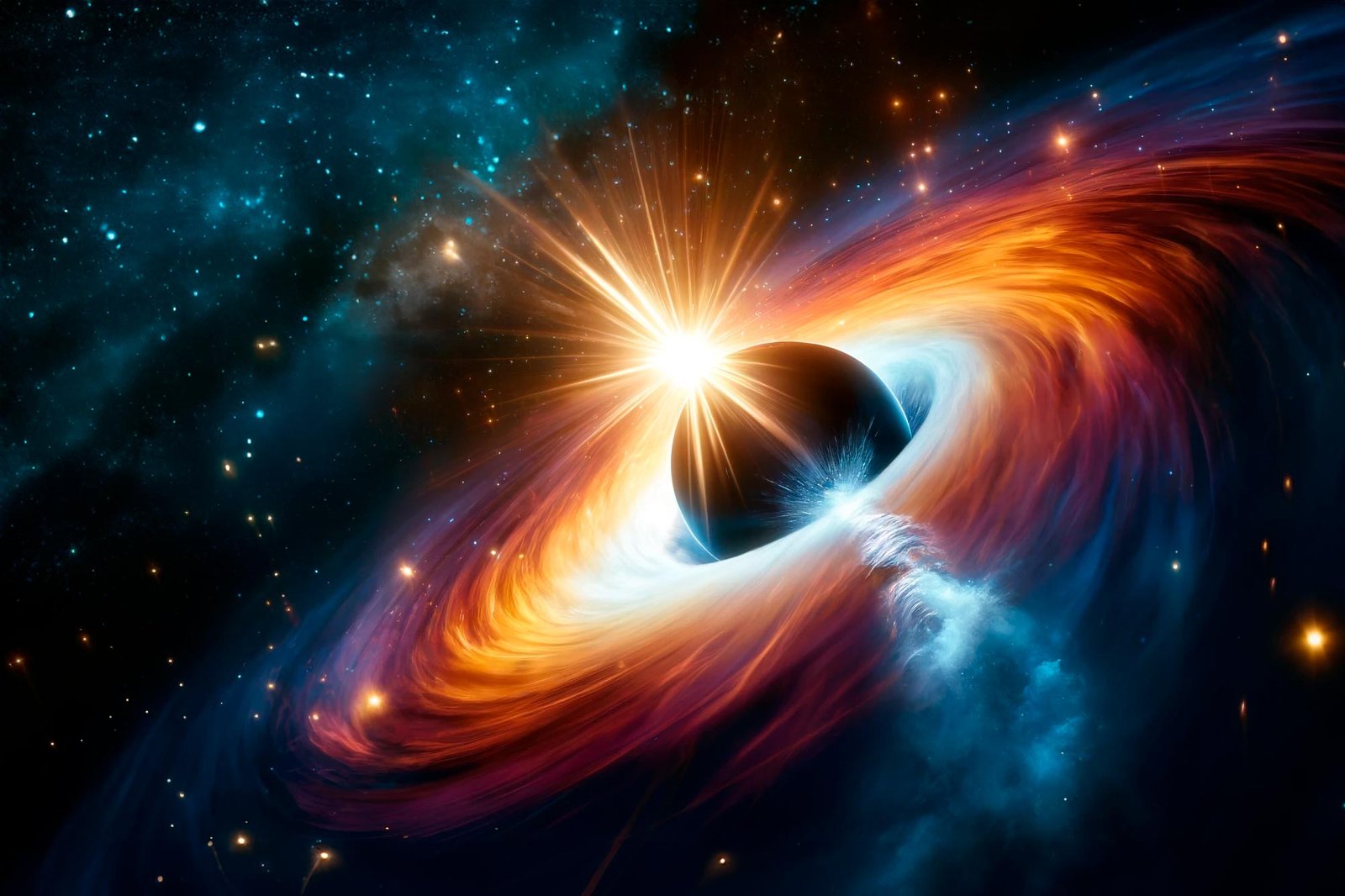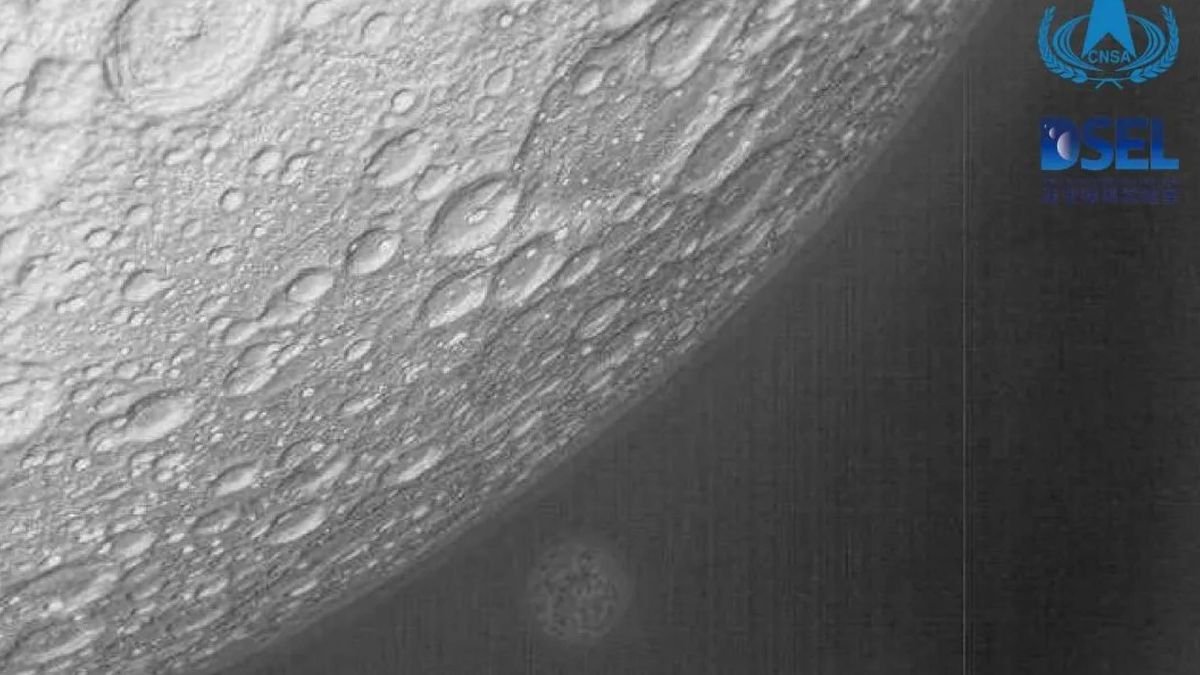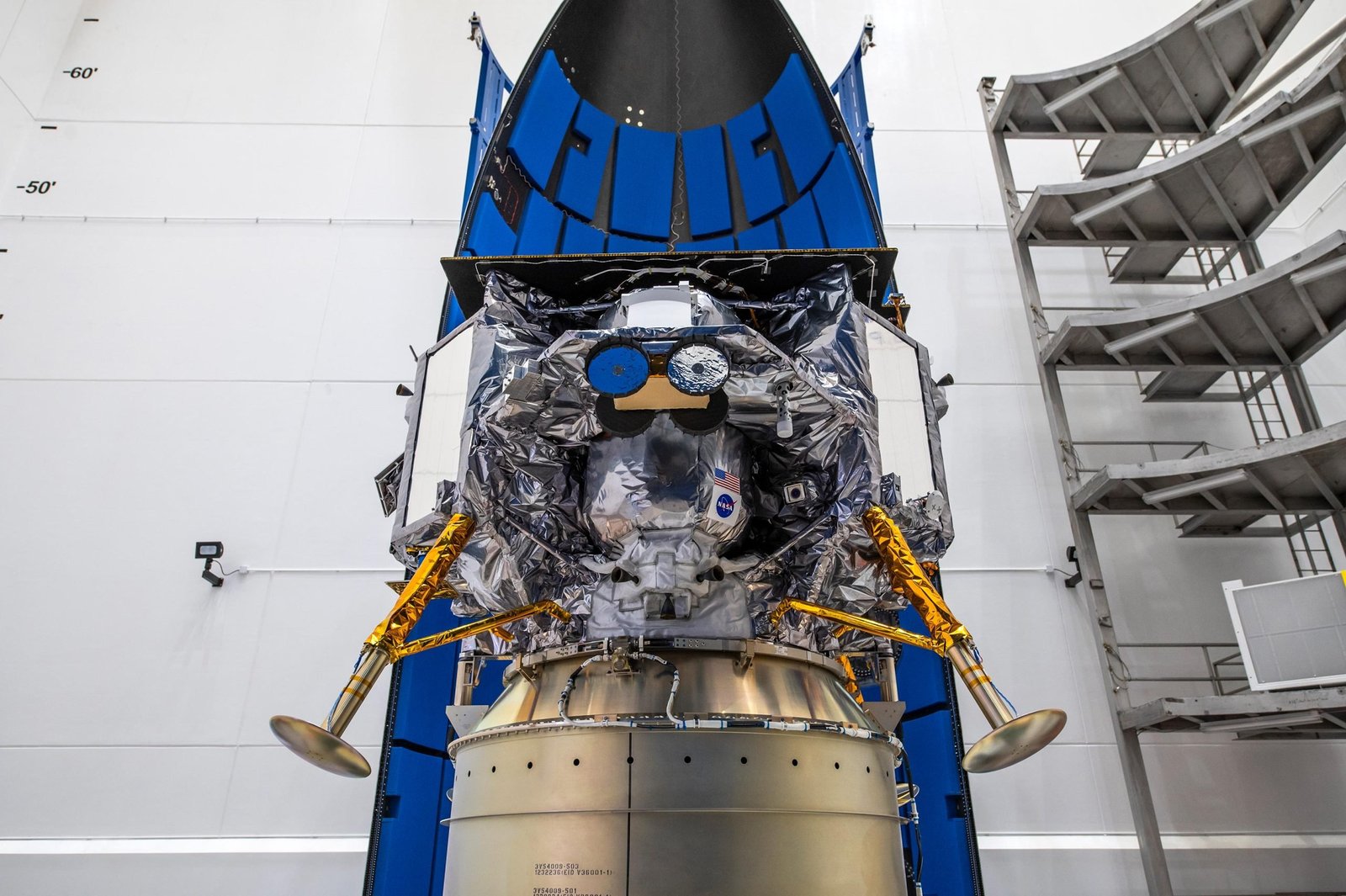Scientists from Yale and the University of Hong Kong suggest searching for bright flares from tidal disruption events to detect the universe’s first stars, which have been elusive despite their significant role in cosmic evolution. Credit: SciTechDaily.com
Researchers say the first stars left behind distinctive flares that can be detected by a new generation of space telescopes.
Astronomers at Yale and the University of Hong Kong have proposed a new strategy for finding the universe’s first stars — by looking for signs of their final, fiery flares.

For years, scientists have searched for direct evidence of “Population III” stars, the first generation of stars that lit up the universe just a few hundred million years after the Big Bang. Formed from the pristine gas of the early universe, these first stars played a crucial role in the evolution of the cosmos and the development of later generations of stars.
“We realized that the fireworks created by the ripping apart of a Population III star that strays too close to a black hole should be detectable.” — Priyamvada Natarajan
Astronomers say the first stars were initially metal-free, made up primarily of hydrogen and helium. However, they eventually began to produce metals in their core, making them a bridge to the stars that would form billions of years later.
“Population III” stars are predicted to be distinct in other ways, as well. They are expected to be much more massive and hotter than Earth’s sun and other, younger stars; they also had shorter lifespans.
However, these first stars have yet to be observationally detected. The key to finding them, researchers say, is to look for the flares they left behind.
“The recent detection of the first black holes by the James Webb Space Telescope suggests that they are also in place around the same time as the first stars,” said Priyamvada Natarajan, the Joseph S. and Sophia S. Fruton Professor and Chair of Astronomy and professor of physics in Yale’s Faculty of Arts and Sciences (FAS), and co-author of a new study published in The Astrophysical Journal Letters.
“We realized that the fireworks created by the ripping apart of a Population III star that strays too close to a black hole should be detectable,” Natarajan said.

An artist’s depiction of a tidal disruption event. Credit: Ralf Crawford/The Space Telescope Science Institute
Detecting Cosmic Events Across Billions of Light Years
In the new study, the researchers suggest that if a “Population III” star encounters a black hole, the resulting “tidal disruption event” (TDE), in which the black hole tears the star apart, would create a particularly bright flare — bright enough and long-lived enough to reach across billions of light years to reach Earth today. What’s more, the flare would have an identifiable “signature” that is discernable to astronomers.
“As the energetic photons travel from a very faraway distance, the timescale of the flare will be stretched due to the expansion of the universe,” said astronomer Jane Dai of the University of Hong Kong, principal investigator of the research team. “These TDE flares will rise and decay over a very long period of time, which sets them apart from the TDEs of solar type stars in the nearby universe.”
Importantly, the wavelength of the flares’ light is also stretched, according to the study’s first author, Rudrani Kar Chowdhury from the University of Hong Kong. “The optical and ultraviolet light emitted by the TDE will be transferred to infrared wavelengths when reaching the Earth,” she said.
And that infrared light can be detected, the researchers said.
The Role of Modern Telescopes in Star Detection
They say that two flagship NASA missions, the James Webb Space Telescope and the upcoming Nancy Grace Roman Space Telescope, both have the capability to detect infrared emission — even from great distances.
“Roman’s unique capabilities of simultaneously being able to observe a large area of the sky and peek deep into the early universe makes it a promising probe for detecting these Pop III TDE flares,” Natarajan said. “This may be the only way in which we can infer the presence of Pop III stars.”
Such discoveries are possible in the next decade, the researchers said.
For more on this research, see Using Black Holes To Uncover Evidence of the Universe’s First Stars.
Reference: “Detecting Population III Stars through Tidal Disruption Events in the Era of JWST and Roman” by Rudrani Kar Chowdhury, Janet N. Y. Chang, Lixin Dai and Priyamvada Natarajan, 8 May 2024, The Astrophysical Journal Letters.
DOI: 10.3847/2041-8213/ad41b7










